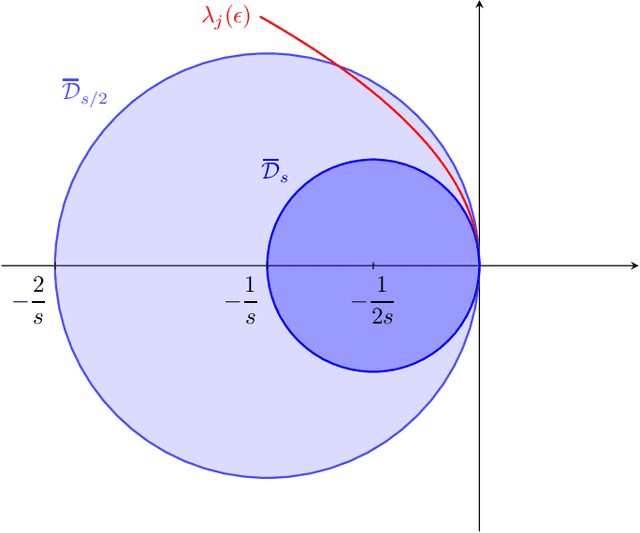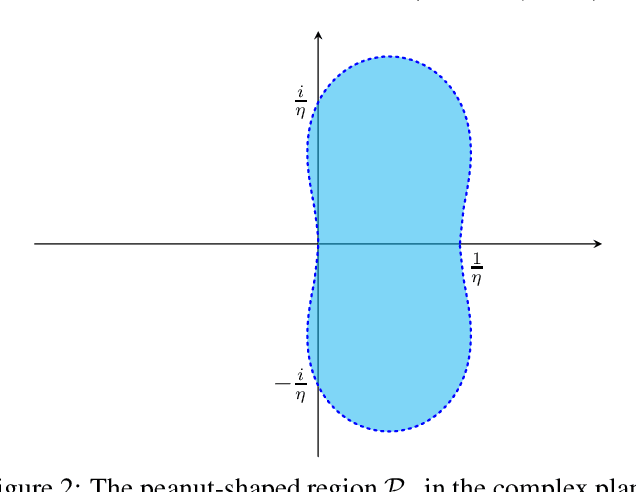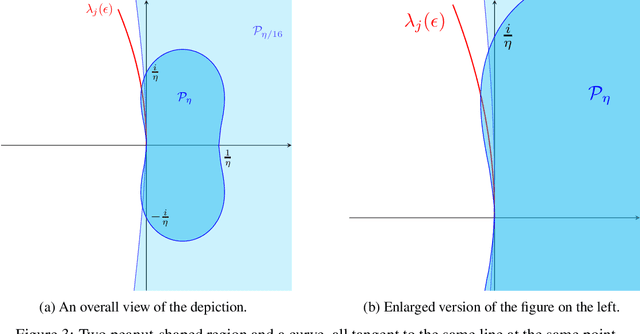Jiseok Chae
Stochastic Extragradient with Flip-Flop Shuffling & Anchoring: Provable Improvements
Dec 31, 2024Abstract:In minimax optimization, the extragradient (EG) method has been extensively studied because it outperforms the gradient descent-ascent method in convex-concave (C-C) problems. Yet, stochastic EG (SEG) has seen limited success in C-C problems, especially for unconstrained cases. Motivated by the recent progress of shuffling-based stochastic methods, we investigate the convergence of shuffling-based SEG in unconstrained finite-sum minimax problems, in search of convergent shuffling-based SEG. Our analysis reveals that both random reshuffling and the recently proposed flip-flop shuffling alone can suffer divergence in C-C problems. However, with an additional simple trick called anchoring, we develop the SEG with flip-flop anchoring (SEG-FFA) method which successfully converges in C-C problems. We also show upper and lower bounds in the strongly-convex-strongly-concave setting, demonstrating that SEG-FFA has a provably faster convergence rate compared to other shuffling-based methods.
Two-timescale Extragradient for Finding Local Minimax Points
May 25, 2023


Abstract:Minimax problems are notoriously challenging to optimize. However, we demonstrate that the two-timescale extragradient can be a viable solution. By utilizing dynamical systems theory, we show that it converges to points that satisfy the second-order necessary condition of local minimax points, under a mild condition. This work surpasses all previous results as we eliminate a crucial assumption that the Hessian, with respect to the maximization variable, is nondegenerate.
 Add to Chrome
Add to Chrome Add to Firefox
Add to Firefox Add to Edge
Add to Edge